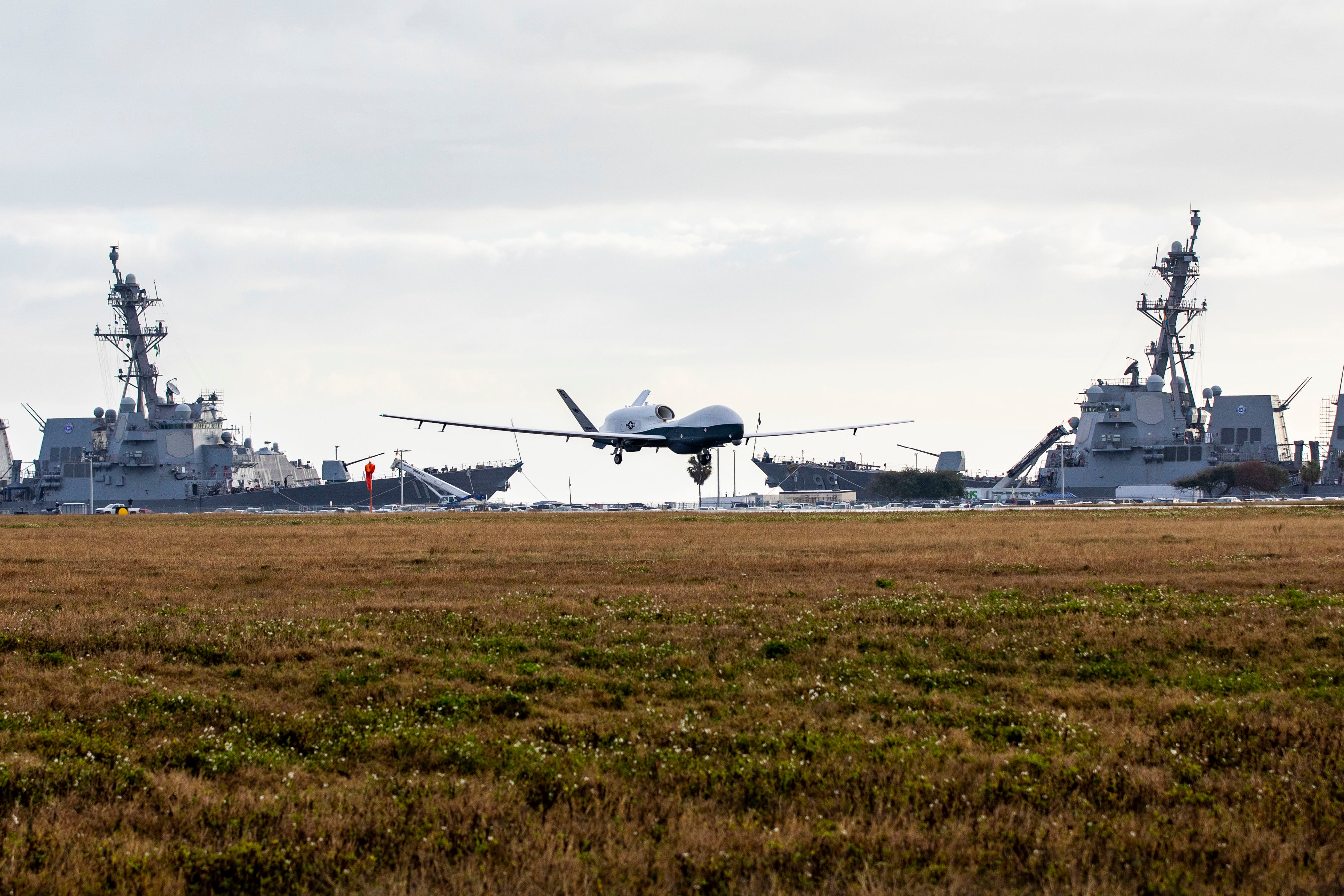SAN DIEGO — U.S. Navy networking specialists shepherding the service’s secretive Project Overmatch are invested in international cooperation and connectivity, as Washington and its allies foresee a greater need to collaborate on the battlefields of the future.
“At least from Project Overmatch, we’ve been pushing on that pretty hard,” Rear Adm. Doug Small, the leader of both the project and Naval Information Warfare Systems Command, said Feb. 14 at the West 2023 conference in San Diego. “We’ve already got an agreement at the ‘Five Eyes’ level.”
Five Eyes represents the U.S. and some of its closest intelligence-sharing colleagues: Australia, Canada, New Zealand and the U.K.
“We’ve been working toward a project arrangement toward that,” Small said. “We expect to be hand in glove with our international partners.”
Project Overmatch is the Navy’s contribution to Joint All-Domain Command and Control, or JADC2, the Pentagon’s pursuit of seamless linkages across land, air, sea, space and cyber. Since its 2020 inception, the project has been shrouded in secrecy, a move experts say is necessitated by always-prying China and Russia.
Chief of Naval Operations Adm. Michael Gilday in October said the service is sharing insights from Project Overmatch with forces abroad — namely those with “a higher likelihood of interoperability” — but did not disclose specifics. Small on Tuesday offered few additional details, but said the “strategic advantage” of the U.S. rests on its “friends and allies around the world.”
“Our adversaries have to do that by hook or crook or coercion. We have friends and allies that we work together on these sorts of things,” the admiral said. “Everything we do should be with a mind toward being absolutely interchangeable with our partners. That’s the way they operate.”
RELATED

The closeness can even extend to the ones and zeros of computer language.
“I think the other thing that’s neat about the modern methods, especially with software development, is you can work so much closer together, almost like a line-of-code type of level, because you’re just constantly working it, you can work at it as teams,” Small said. “I think the future is very exciting for true interchangeability, from operationally all the way down to development.”
The Navy plans to deploy a carrier strike group with Project Overmatch products, such as advanced networking, this year, a move Small previously told Defense News was the “starting gun.” Additional groups, Small predicted, will follow suite.
“And we will learn a tremendous amount from that,” he said Tuesday, “and we will pivot very quickly to deliver exactly what sailors need.”
A renewed era of great power competition with China has trained the spotlight on naval supremacy and operations across the Indo-Pacific, home to some of the world’s largest militaries and ports. Gilday, the naval operations chief, previously identified Project Overmatch as his No. 2 priority, behind delivery of the Columbia-class ballistic missile submarine.
The Navy sought $195 million for Project Overmatch in fiscal 2023, a 167% boost over what it received last year.
Small told the West conference Project Overmatch is “absolutely on track,” noting the schedule to which he and others are held is “pretty aggressive.”
Colin Demarest was a reporter at C4ISRNET, where he covered military networks, cyber and IT. Colin had previously covered the Department of Energy and its National Nuclear Security Administration — namely Cold War cleanup and nuclear weapons development — for a daily newspaper in South Carolina. Colin is also an award-winning photographer.




